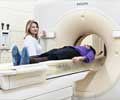Interactive virtual reality enhances physicians' treatment planning of complex conditions like splenic artery aneurysms by providing interventional radiologists with a 360-degree view of internal anatomy. This technology can turn images from CT scan into a 3D image.
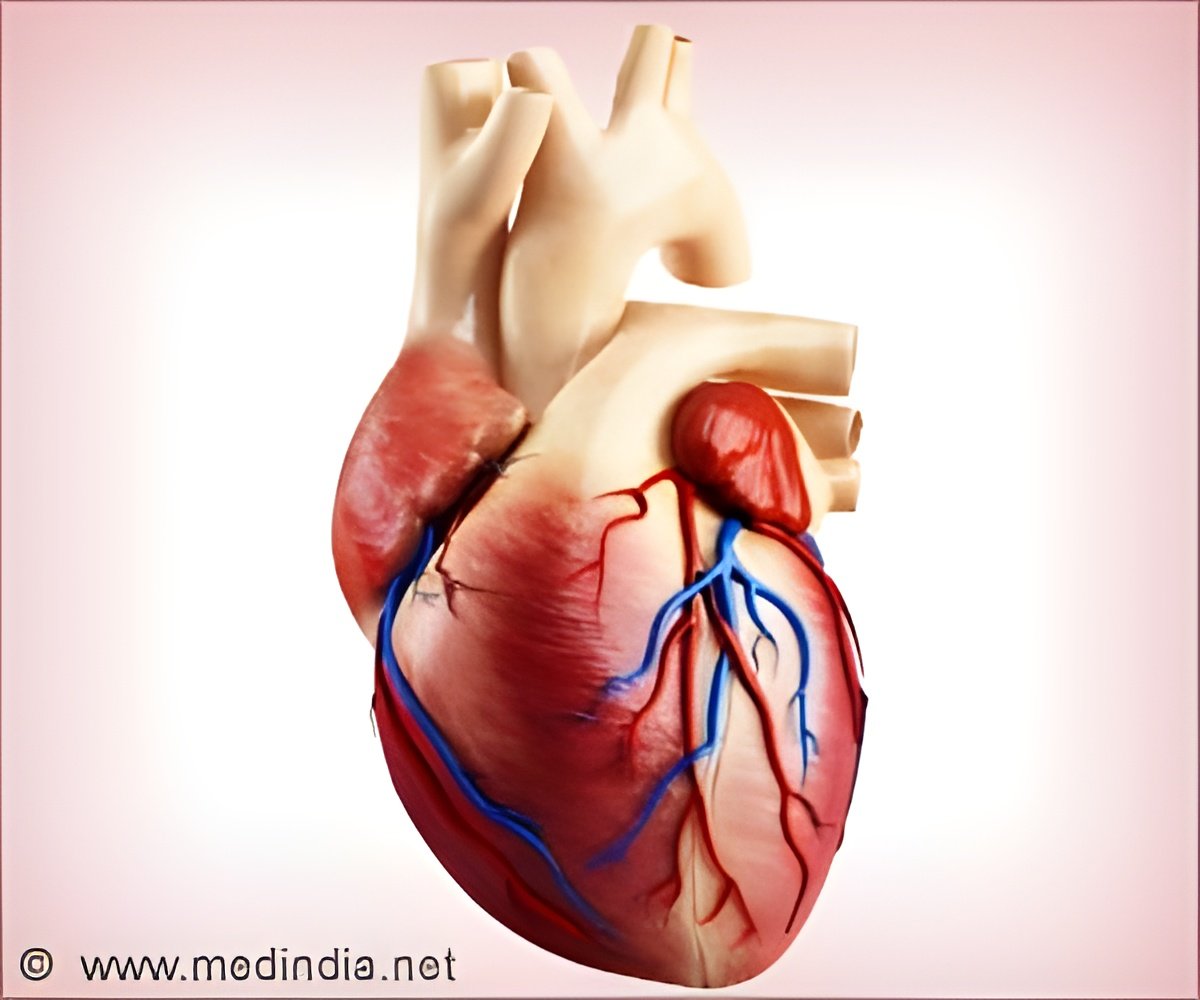
TOP INSIGHT
According to this study, an interactive virtual reality technology can turn images from CT scans into 3D images and provides patients’ arterial anatomy in a three-dimensional image. This may help interventional radiologists to plan better for the equipment and tools they'll need for a successful outcome.
VR turns a patient's pre-procedural CT scans into 3-D images that the radiologist can virtually move and examine while wearing virtual reality-type glasses. By allowing the operator to manipulate routine, two-dimensional images in an open three-dimensional space, VR provides a look into a patient’s organs and tissues that had not been possible outside of the human body, until now. As a result, the operator is armed with a deeper and intuitive understanding of spatial relationships, such as between an aneurysm and the surrounding arteries.
In the study, three radiologists, using both technologies, independently evaluated 17 splenic artery aneurysms in 14 patients. Researchers measured the radiologists' accuracy in identifying inflow and outflow arteries associated with the aneurysms with each method. Radiologists in the study also ranked improvements in their confidence on a four-point scale when using VR compared to the standard method.
Researchers found accuracy was similar with both methods, though confidence improved substantially with VR. In fact, 93 percent of participating physicians who used the VR method indicated higher confidence in their abilities (a score of at least 3).
"Pre-operative planning is possibly the most important step towards successfully treating a patient, so the value of VR cannot be understated," Devcic said. "This technology gives us a totally different way to look at that structure and safely plan our approach to patient care."
Source-Eurekalert
 MEDINDIA
MEDINDIA
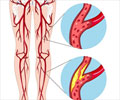
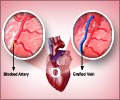
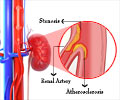

 Email
Email
